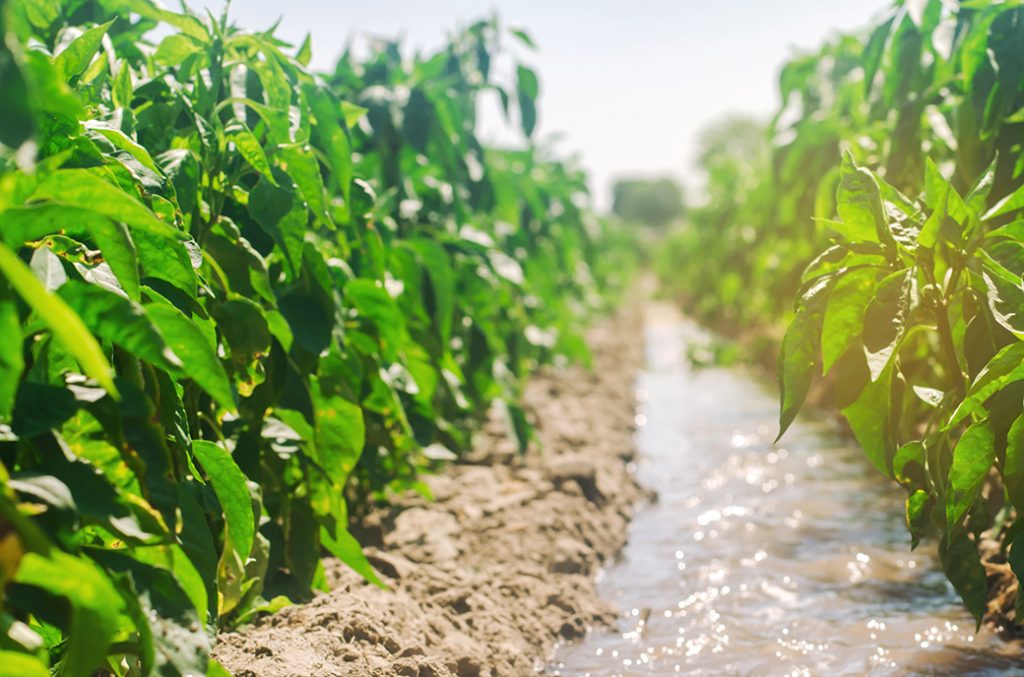Study looks at effects of groundwater on agriculture in Texas drylands

Arid agricultural soils are very vulnerable to salt accumulation, and once a soil becomes salty it is almost useless for crop production.
The National Science Foundation, NSF, awarded researchers from the University of Texas at El Paso, UTEP, and the Texas A&M AgriLife Research Center at El Paso a $1.18 million grant for a collaborative effort to gain a better understanding of abiotic carbon dioxide, or CO2, dynamics in dryland systems.
This collaborative effort is among the first in the Rio Grande Valley to define critical linkages between flood irrigation, salt loading and abiotic carbon dioxide exchange with the atmosphere.
Intensification of dryland agriculture leads to water depletion and pushes farmers to rely more heavily on groundwater. Groundwater is more mineral-rich than surface water and leads to faster carbonate and salt accumulation.
A greater understanding of the interactions between water supplies, soil health and crop health is essential for developing more sustainable approaches to dryland agriculture.
The project is led by UTEP’s Lixin Jin, associate professor of geology, and Marguerite Mauritz-Tozer, research assistant professor of biology, in collaboration with Texas A&M AgriLife Research’s Saurav Kumar, water specialist, and Girisha Ganjegunte, water resources and salinity management research group leader, both in El Paso.
“This is the latest in the line of several collaborative projects that had researchers both from UTEP and Texas A&M AgriLife Research at El Paso,” Kumar said. “These collaborative projects allow us to synergistically apply our resource and expertise to work on local problems, particularly those related to water, soils, and agricultural sustainability, while pushing the scientific frontiers that may be beneficial globally.”
The joint project will combine well-established and novel methods for detecting abiotic CO2 production during calcium carbonate formation.
Researchers plan to build on existing data about abiotic CO2 production in dryland agricultural soils collected by Jin. This project will also form an important linkage with the recent $5 million NSF-funded dryland critical zone project also led by Jin.
Kumar said traditional methods of detecting abiotic CO2 are expensive, labor intensive and confined to a single location. But the research team’s proposed novel technology will use unmanned aerial vehicle, UAV, remote-sensing techniques for scanning the air column above an agricultural site to detect changes in ground-level CO2 emission.
Researchers hope that the UAV-based scanning method will be suitable for rapid and larger-scale detection of enhanced CO2 production that can be linked to periods of calcium carbonate formation.
“Our goal is that together these approaches will provide essential knowledge for what conditions enhance calcium carbonate formation and abiotic CO2 production,” Jin said. “This will give us a method to model and predict abiotic CO2 contributions from dryland agriculture across much larger areas.”

